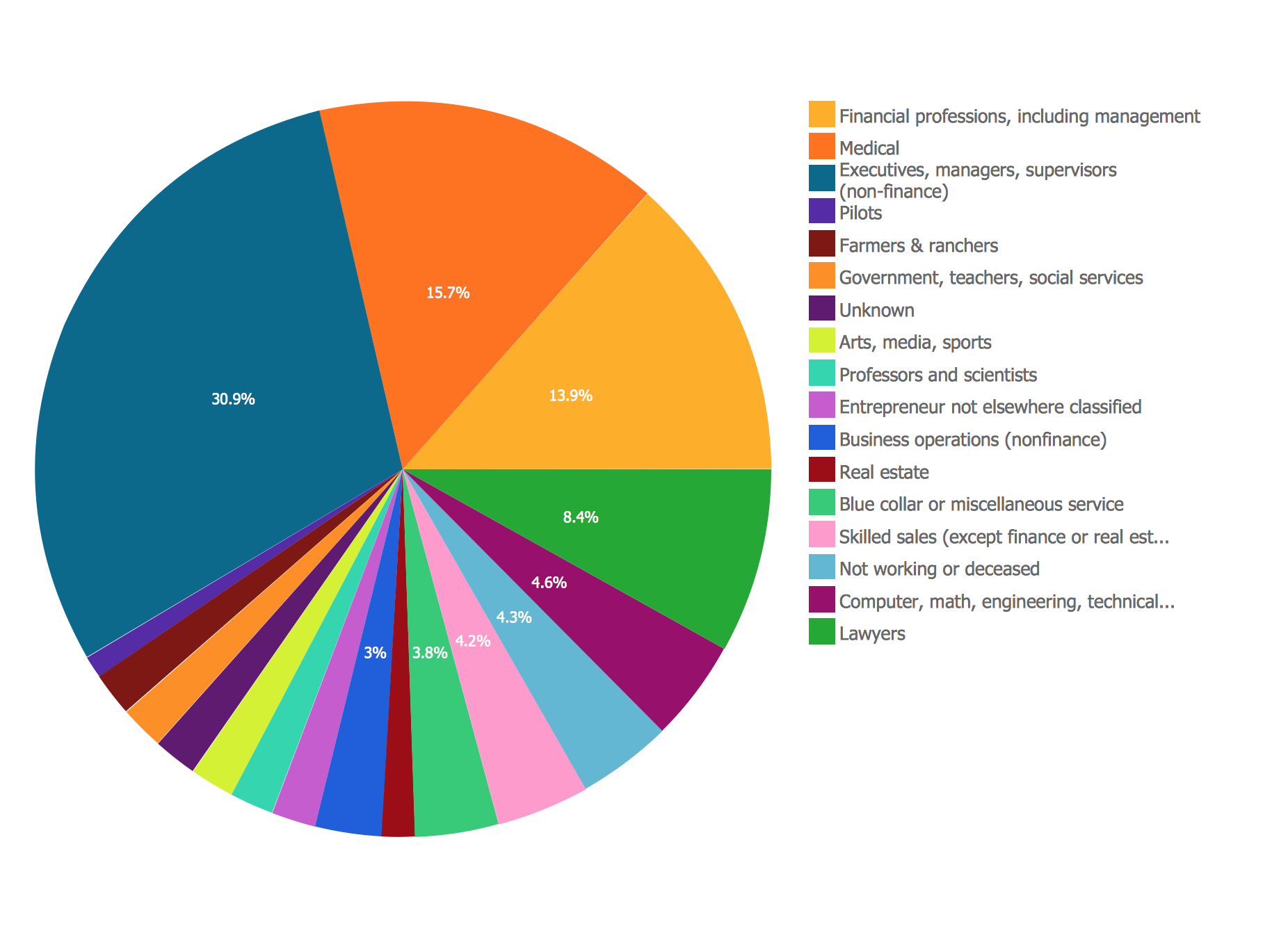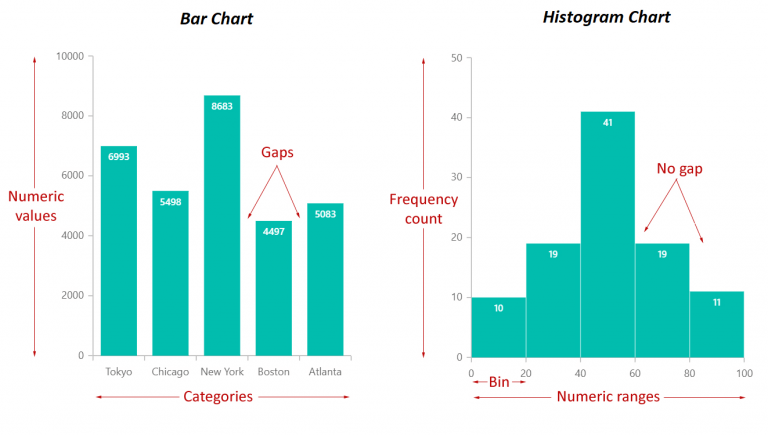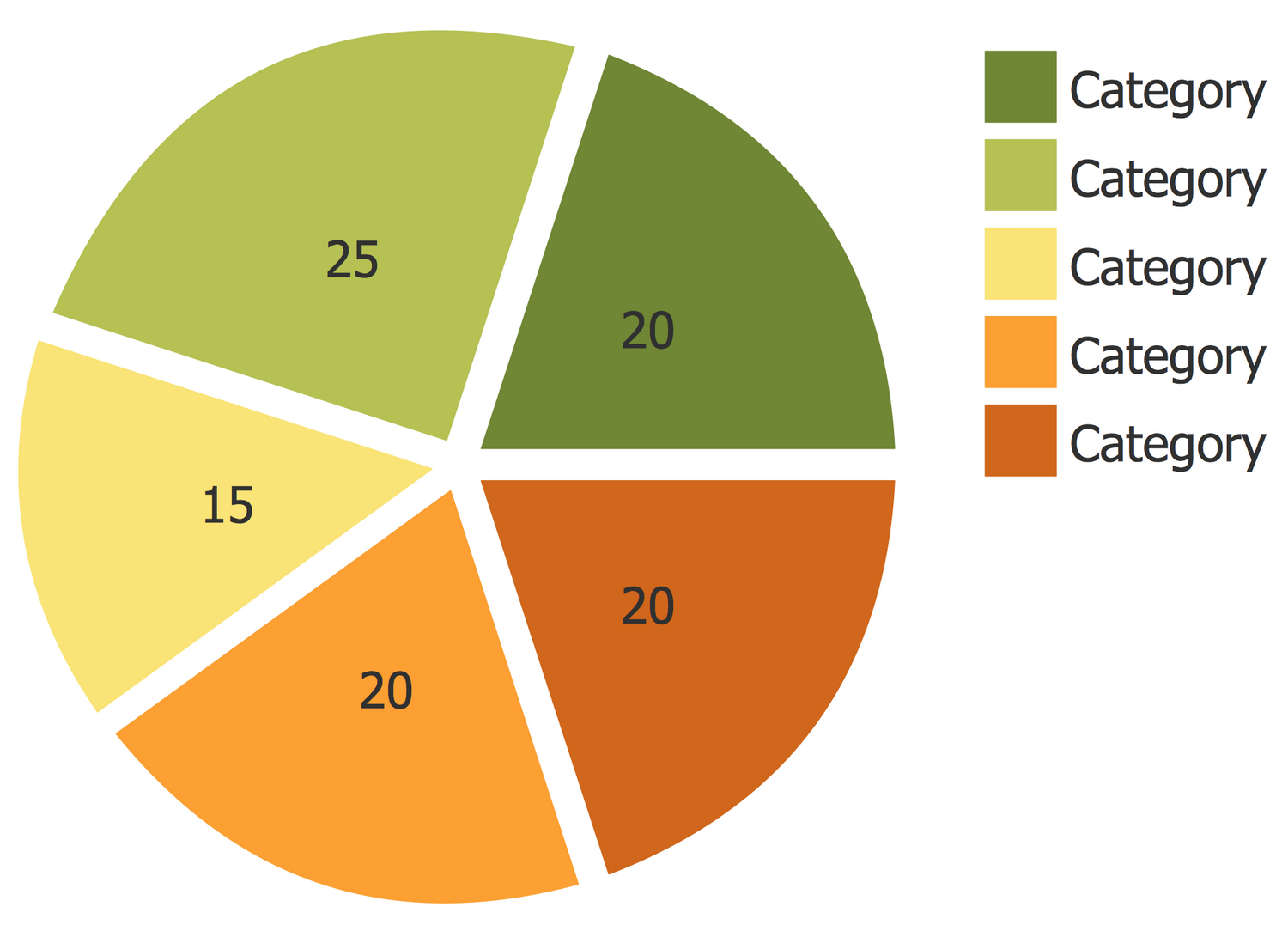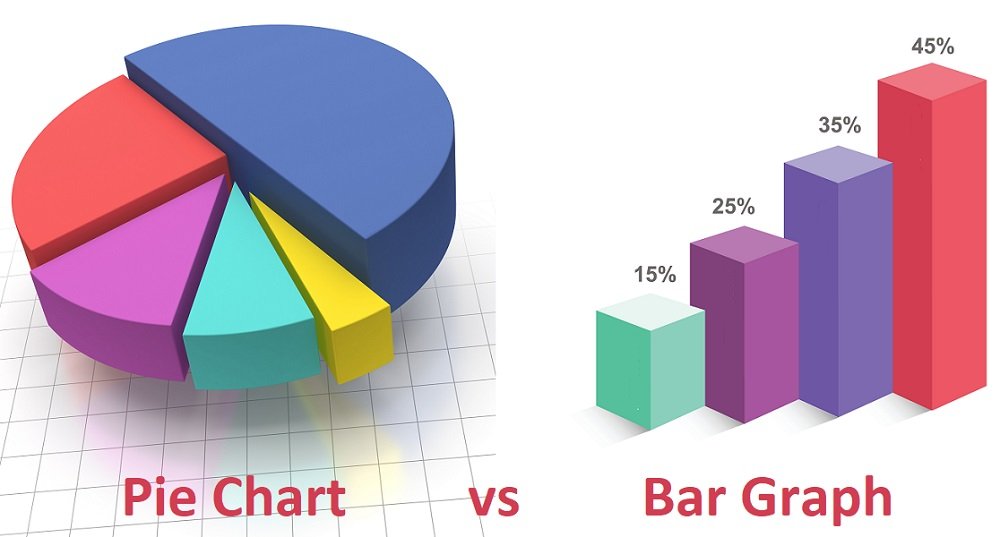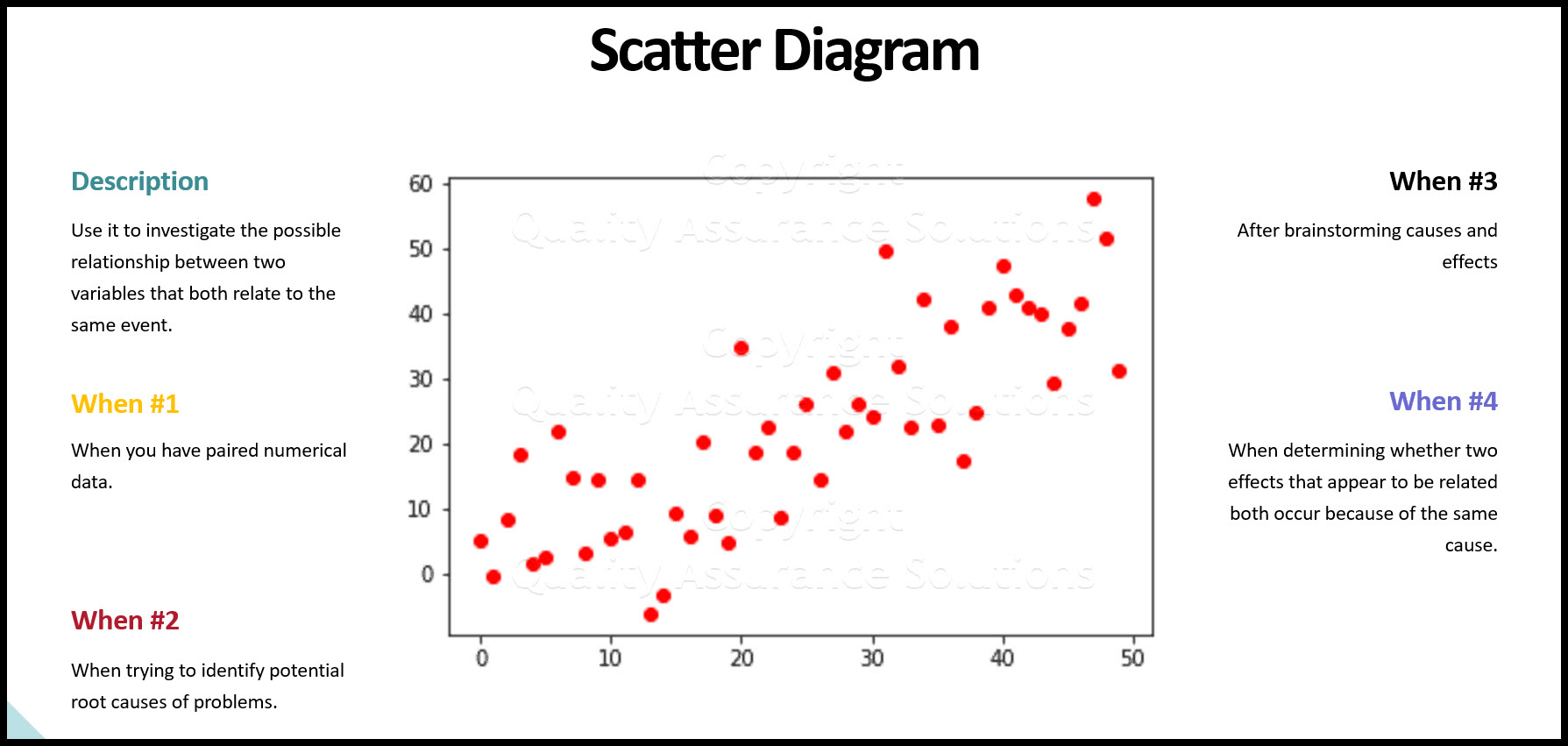What is categorical data defined w 11 examples
Table of Contents
Table of Contents
Are you looking for a way to visualize and analyze categorical data? Look no further than the pie chart! This simple and effective tool can help you make sense of your data and make informed decisions based on the insights you gain.
The Pain Points of Pie Chart Of Categorical Data
Many people struggle with organizing and understanding large amounts of categorical data. Without a clear way to visualize and analyze this data, it can be easy to get overwhelmed or miss important insights. Pie charts offer a solution to this problem by providing a clear and easy-to-read way to see the distribution of categories within your data set.
The Target of Pie Chart Of Categorical Data
The target of a pie chart is to accurately represent the distribution of categories within a data set. Each slice of the pie represents a different category, with the size of each slice indicating the proportion of data that falls under that category. This allows you to quickly and easily identify which categories are the most significant or prevalent within your data set.
Summary of Pie Chart Of Categorical Data
By using a pie chart to visualize your categorical data, you can gain valuable insights into the distribution of categories within your data set. This can help you make informed decisions, identify trends, and understand the significance of different categories within your data. With proper implementation and analysis, pie charts can be a powerful tool for anyone working with categorical data.
My Personal Experience with Pie Chart Of Categorical Data
I recently used a pie chart to analyze data from a survey I conducted on consumer preferences for different product features. By creating a pie chart of the different feature categories, I was able to quickly see which features were the most important to consumers and make informed decisions about product development based on these insights. The pie chart made it easy to visualize the distribution of preferences, and allowed me to identify clear trends and patterns within the data.
The Benefits of Pie Chart Of Categorical Data
Pie charts offer a wide range of benefits for anyone working with categorical data. They are simple and easy-to-understand, making them accessible to a wide range of users regardless of their level of technical expertise. They also allow you to quickly and easily identify patterns and trends within your data, which can help you make informed decisions and take action based on your insights.
The Function of Pie Chart Of Categorical Data
The main function of a pie chart is to accurately and clearly represent the distribution of categories within a data set. This allows you to quickly and easily identify the most significant or prevalent categories, and gain insights into the overall structure of your data. Pie charts are also useful for identifying patterns and trends within your data, allowing you to make informed decisions and take action based on your insights.
The Implementation of Pie Chart Of Categorical Data
When implementing pie charts for categorical data, it’s important to choose the right colors and labels to ensure that your chart is clear and easy to read. You should also ensure that the size of each slice of the pie accurately represents the proportion of data within each category. With a well-designed and properly implemented pie chart, you can gain valuable insights into your categorical data and use these insights to inform your decisions and actions.
Question and Answer
1. What is the purpose of a pie chart?
A pie chart is used to accurately and clearly represent the distribution of categories within a data set.
2. What are some benefits of using a pie chart for categorical data?
Pie charts are simple and easy to read, allowing users to quickly and easily identify significant or prevalent categories and gain insights into patterns and trends within their data.
3. How should you choose colors and labels for your pie chart?
Colors and labels should be chosen carefully to ensure that your chart is clear and easy to read, with each slice of the pie accurately representing the proportion of data within each category.
4. How can you use insights gained from a pie chart of categorical data?
Insights gained from a pie chart can be used to inform decisions and actions related to your data, by helping you identify patterns, trends, and significant categories.
Conclusion of Pie Chart Of Categorical Data
Pie charts are a powerful tool for anyone working with categorical data. By accurately and clearly representing the distribution of categories within a data set, they allow users to quickly and easily gain valuable insights into their data and make informed decisions based on these insights. With proper implementation and analysis, pie charts can be an invaluable tool for any organization or individual looking to make sense of their categorical data.
Gallery
SOLVED:Find A Pie Chart Of Categorical Data From A Newspaper, A

Photo Credit by: bing.com / categorical
Pie Chart - Data For Visualization

Photo Credit by: bing.com / visualization
5 Food Groups Pie Chart - Spesial 5

Photo Credit by: bing.com / categorical
What Is Categorical Data? (Defined W/ 11+ Examples!)
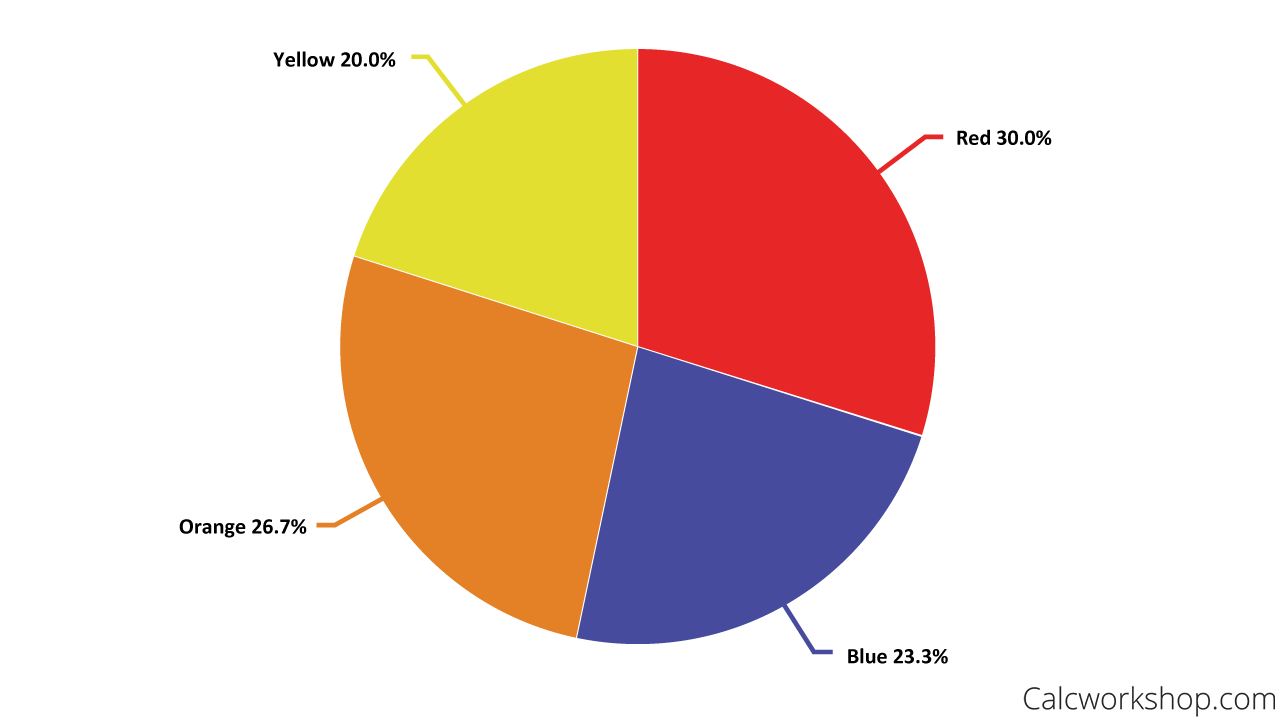
Photo Credit by: bing.com / categorical chart
How A Pie Chart Reflects Categorical Data In A Statistical Data Set
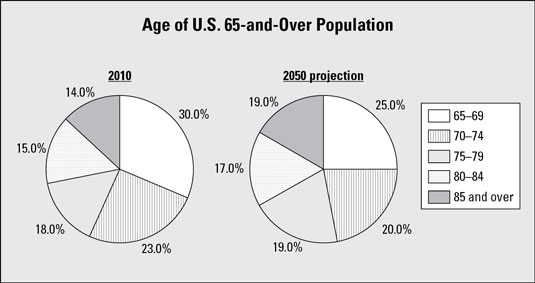
Photo Credit by: bing.com / pie chart data categorical statistical dummies
